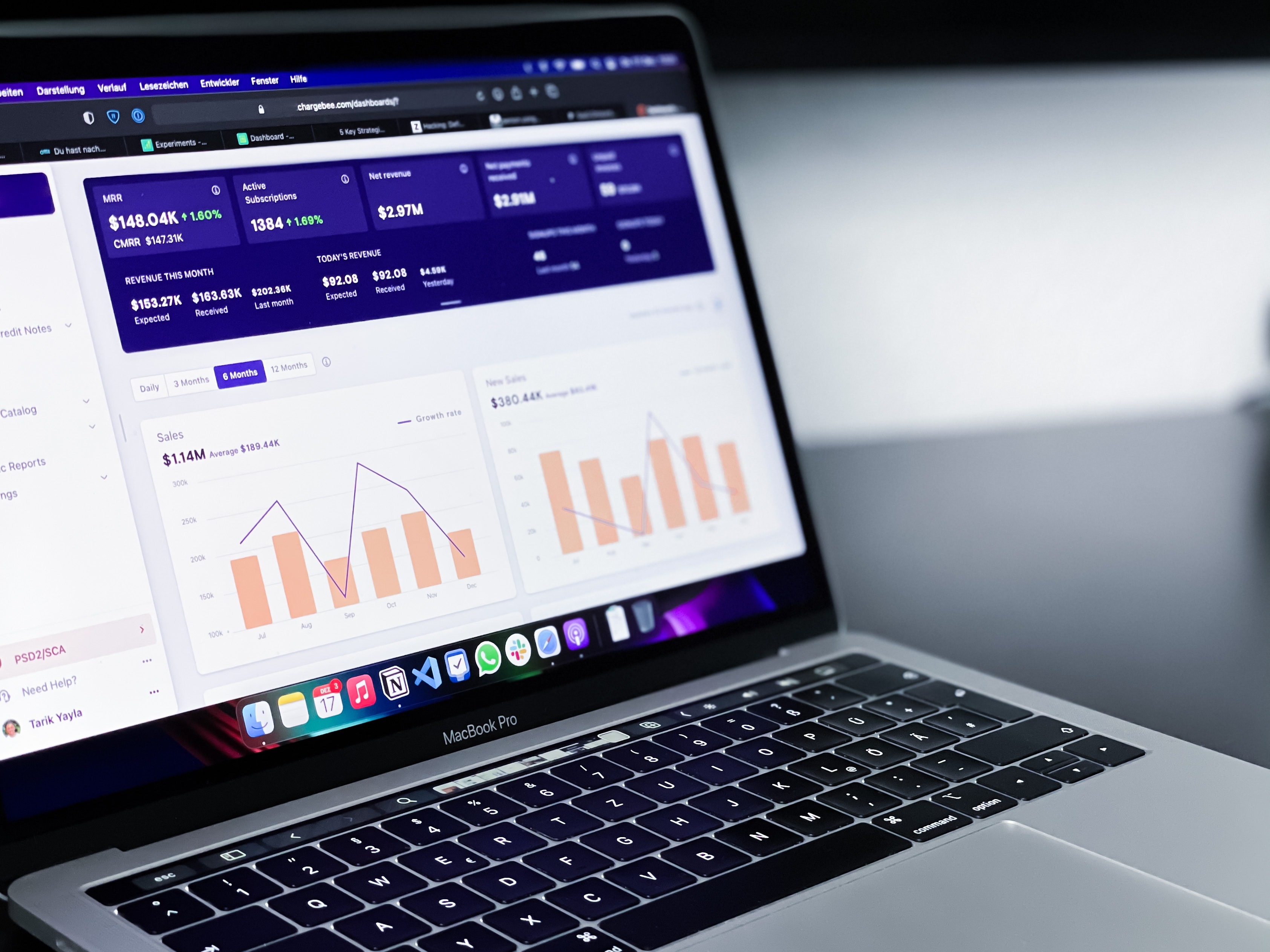Transforming Non-Retail Underwriting
Driven by consumer behaviour and demand for personalised service, retail underwriting has seen significant transformation. Technology infusion in retail underwriting has come to a point where many products are issued with the click of a button. Introduction of AI-driven underwriting tools has helped industry participants achieve better underwriting and faster processing. On the other hand, commercial insurance in general and underwriting in particular remained manual and experiential. This has drastically constrained industry participants ability to scale up in relation to industry growth and expectations.
Commercial underwriting in the GI industry faces many challenges, like talent crunch, legacy processes, and inability to leverage data. Processes are inherently inefficient and hinder business opportunities. Commercial underwriting is typically verticalized across lines of business. This arrangement makes the process extremely person specific, thus limiting the insurers ability to get a holistic view and develop underwriting intelligence.
Today’s corporates expect insurers to provide broader coverage aligned with their usage, behaviour, and preferences and also demand sharper analytics. Contextualised and digitised insurance products have already become a norm in retail products. Innovators are developing solutions to cater to the increasing need for transforming commercial underwriting. To develop such solutions, it requires an amalgamation of technical understanding of underwriting, actuarial science, business processes, and design thinking.
Dorian Mode Technologies, with their combined insurance experience of decades across the value chain, has co-created an underwriting engine to cater to this urgent need in this segment. The underwriting engine has been designed to be flexible, modular, and scalable for all commercial lines of business. Infusing the digital underwriting engine will address the fundamental problem of digitising commercial underwriting. The engine will enable insurers to get rates in real time and has the potential to drastically improve productivity. It also facilitates faster delivery, improves serviceability, and augments the sales front to maximise business opportunities.
